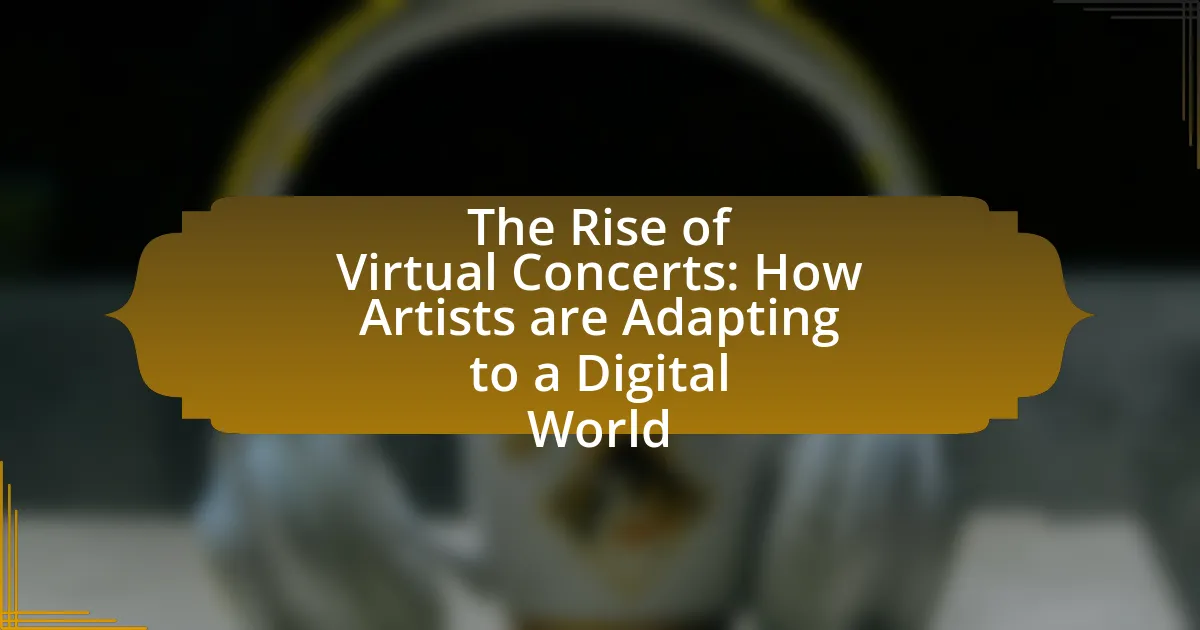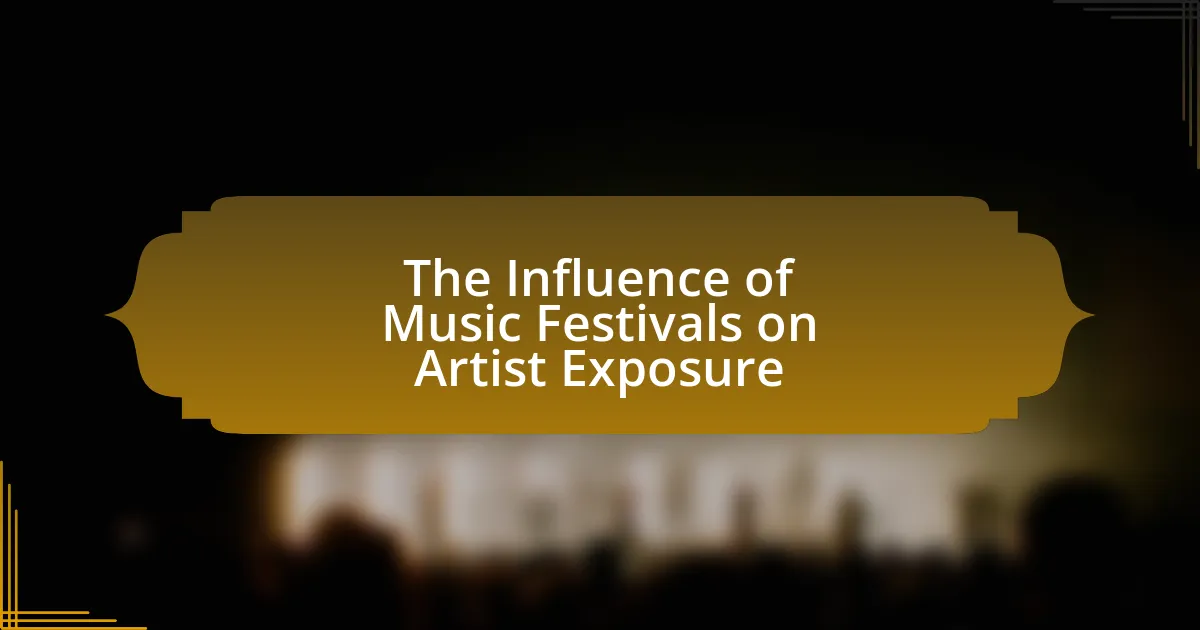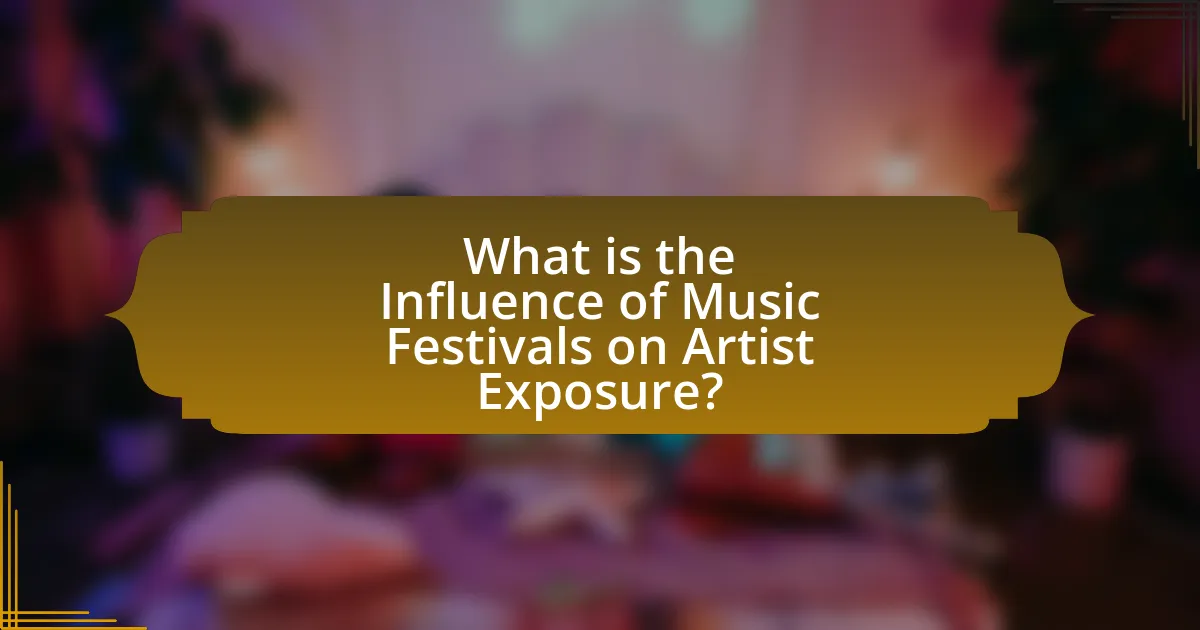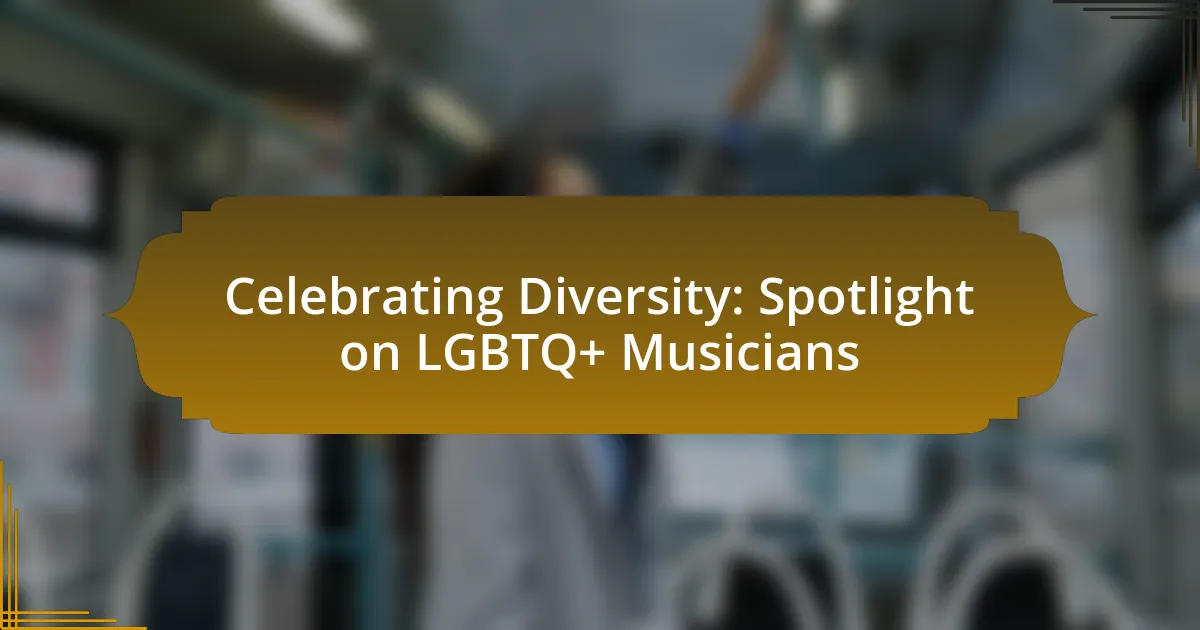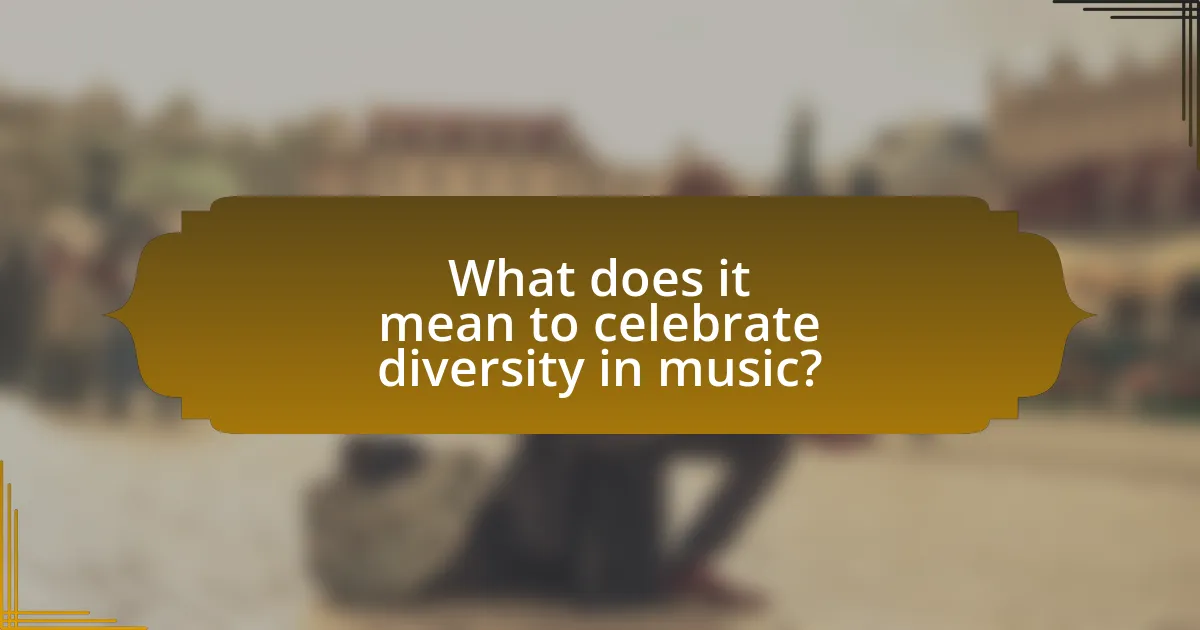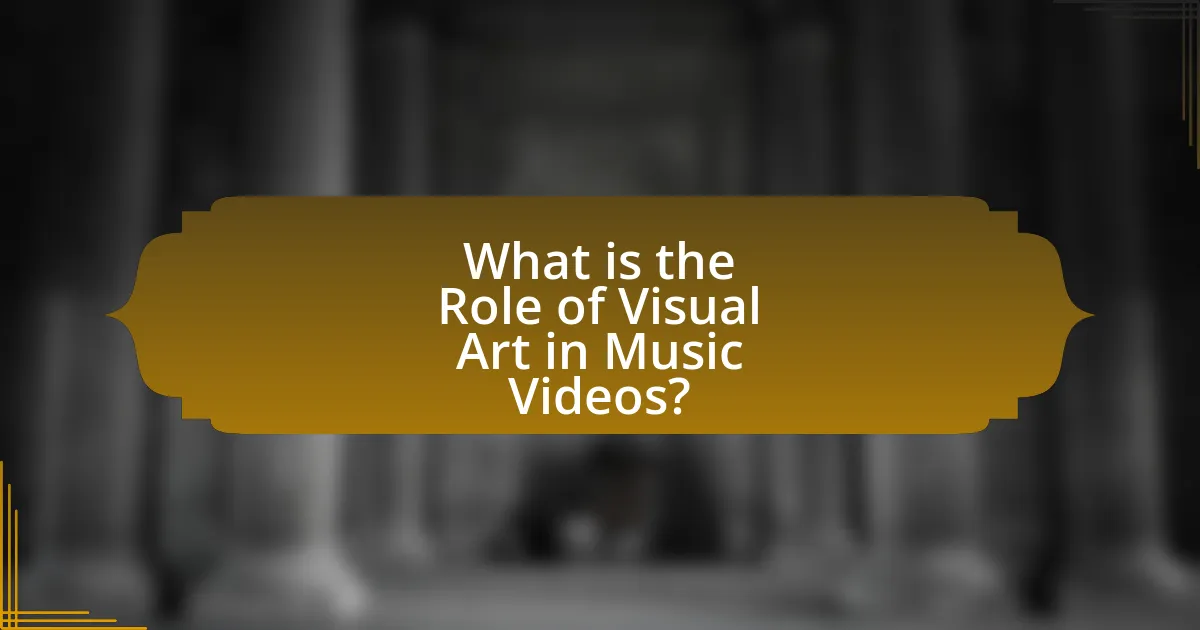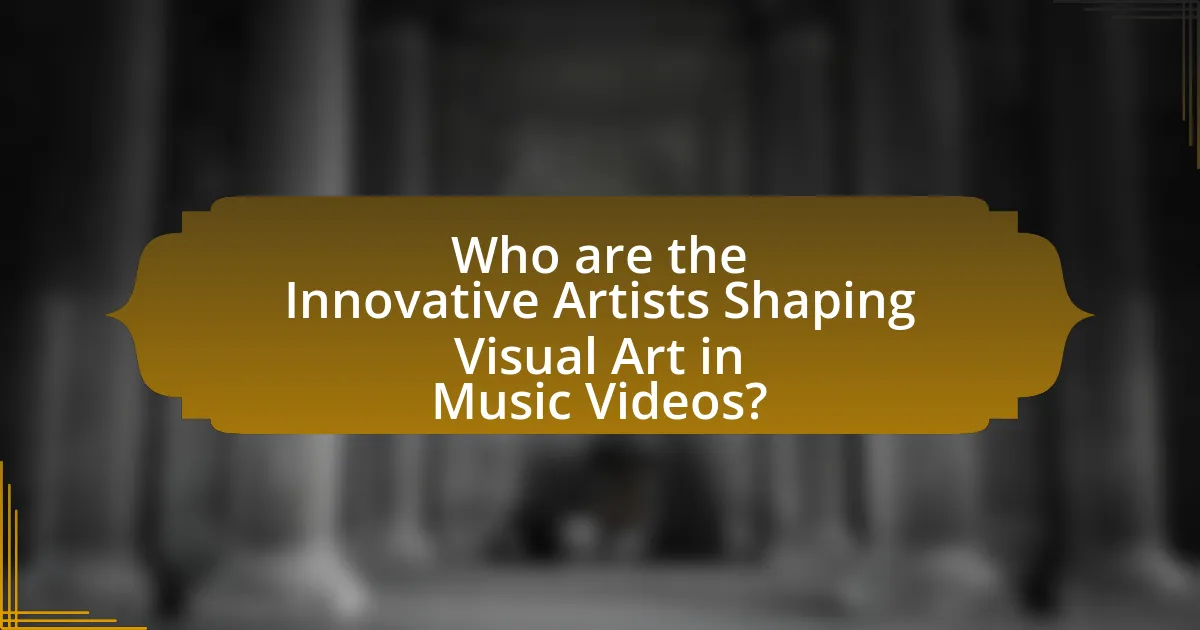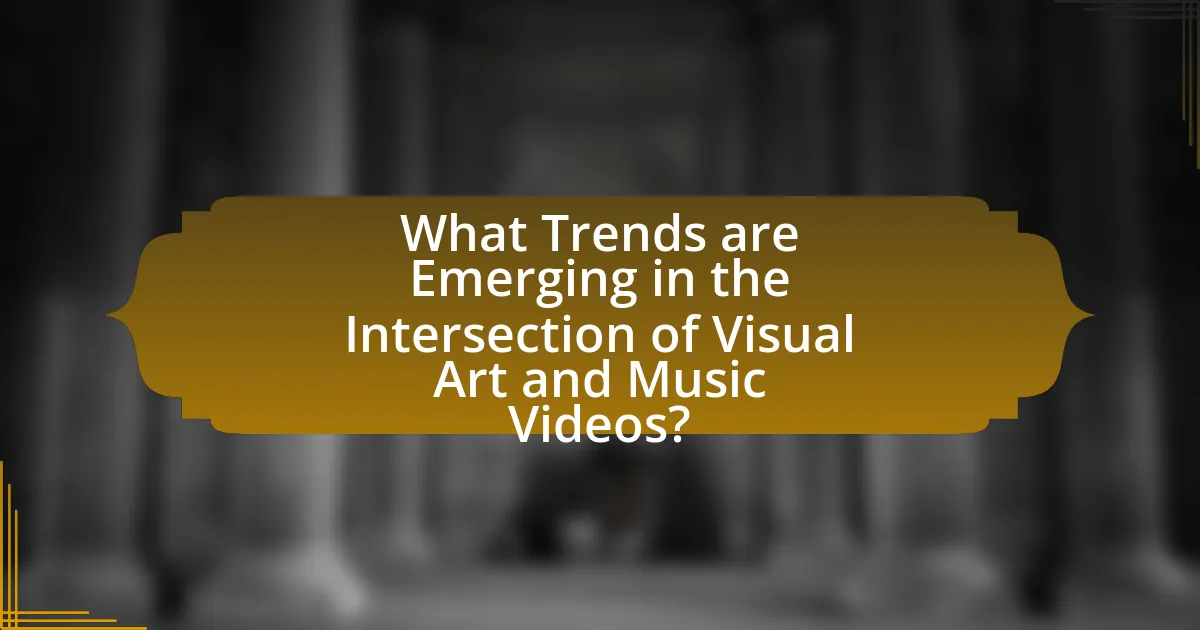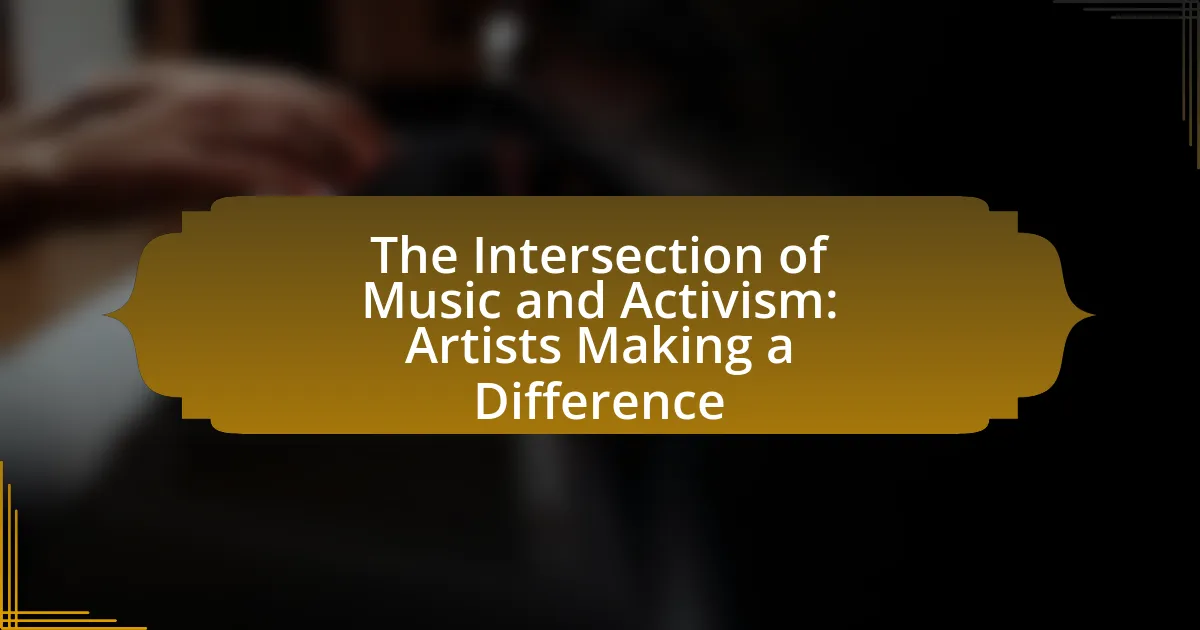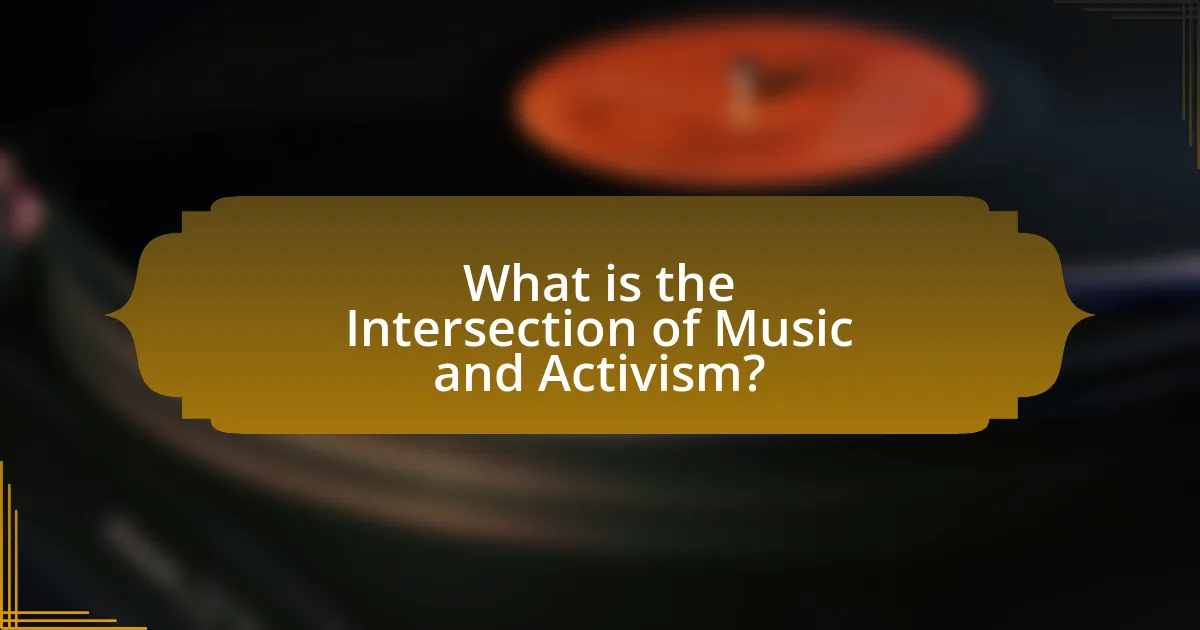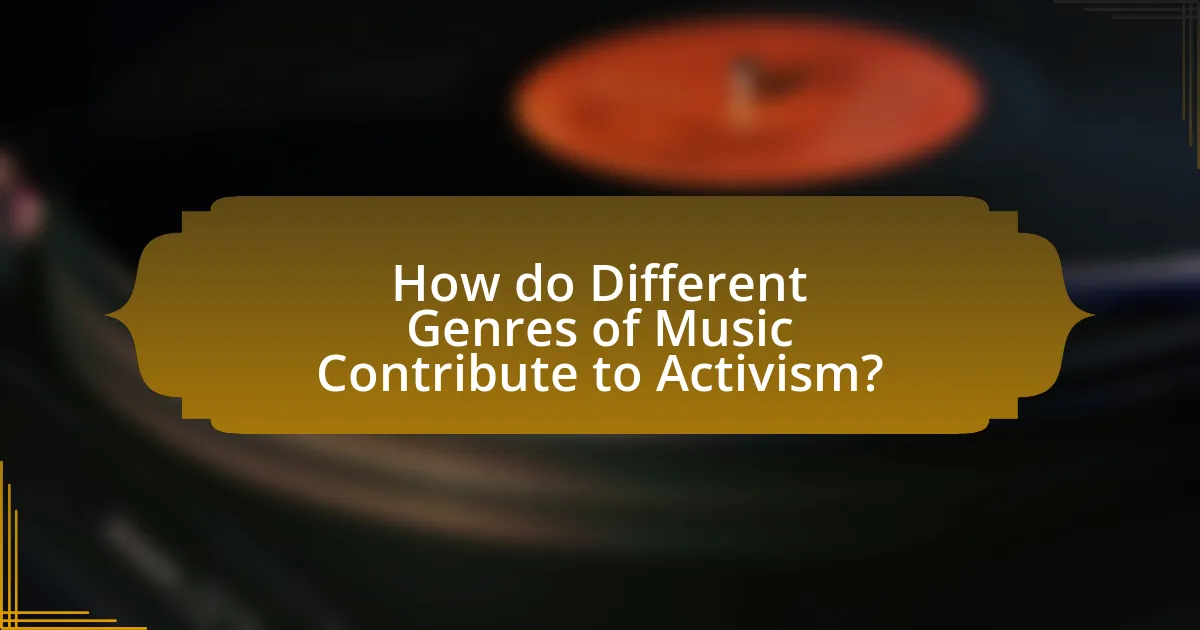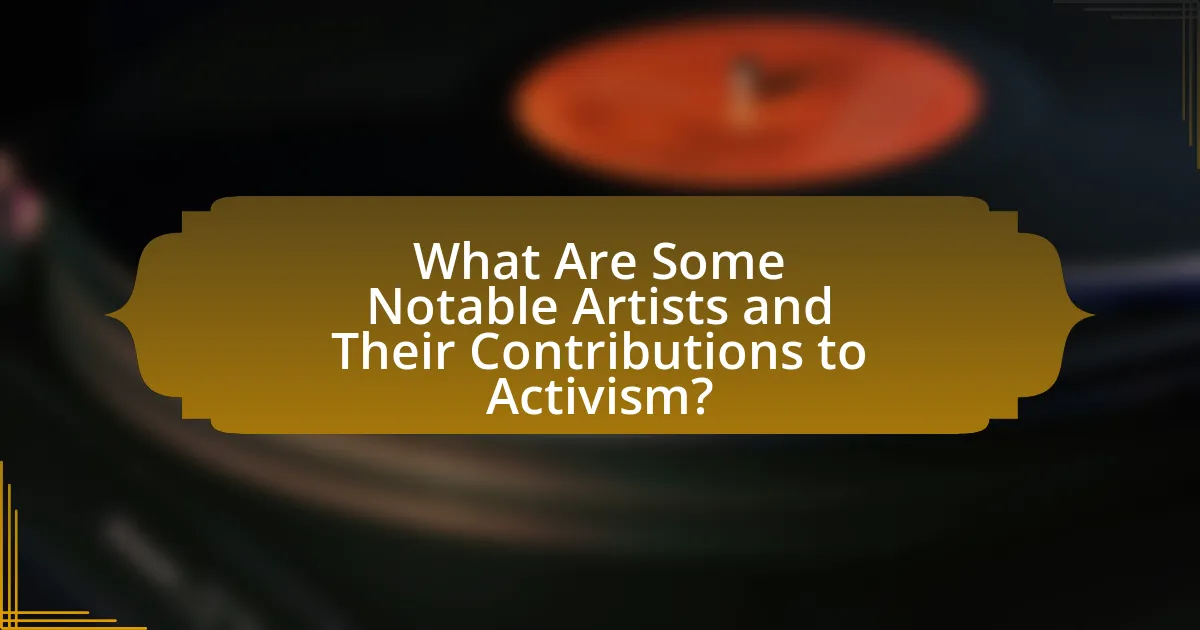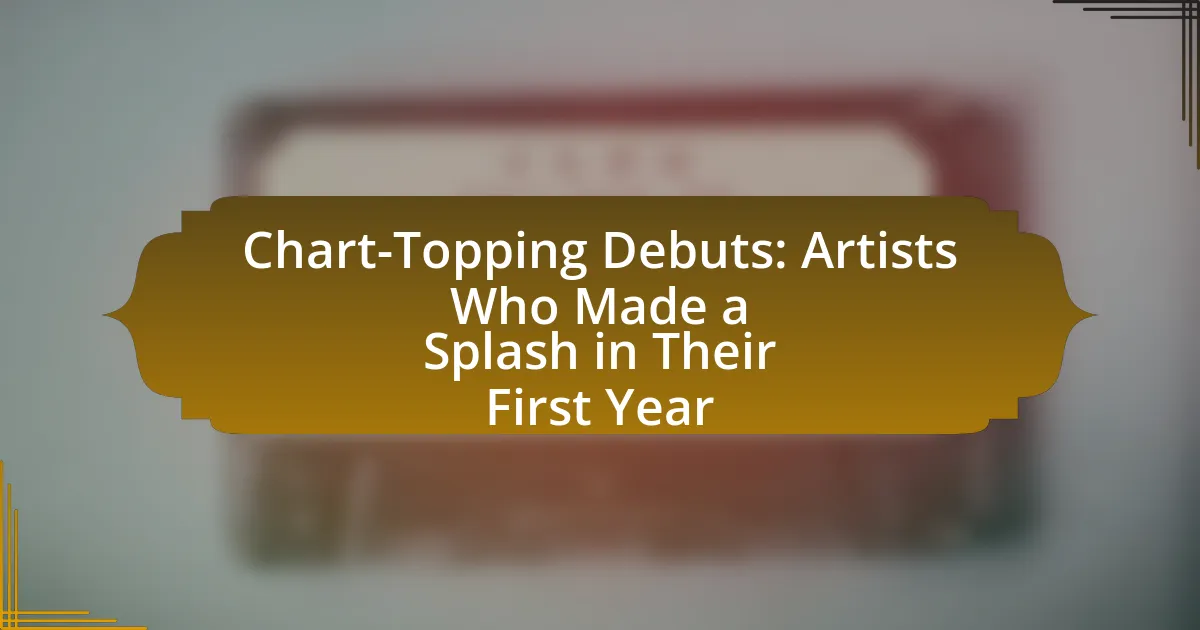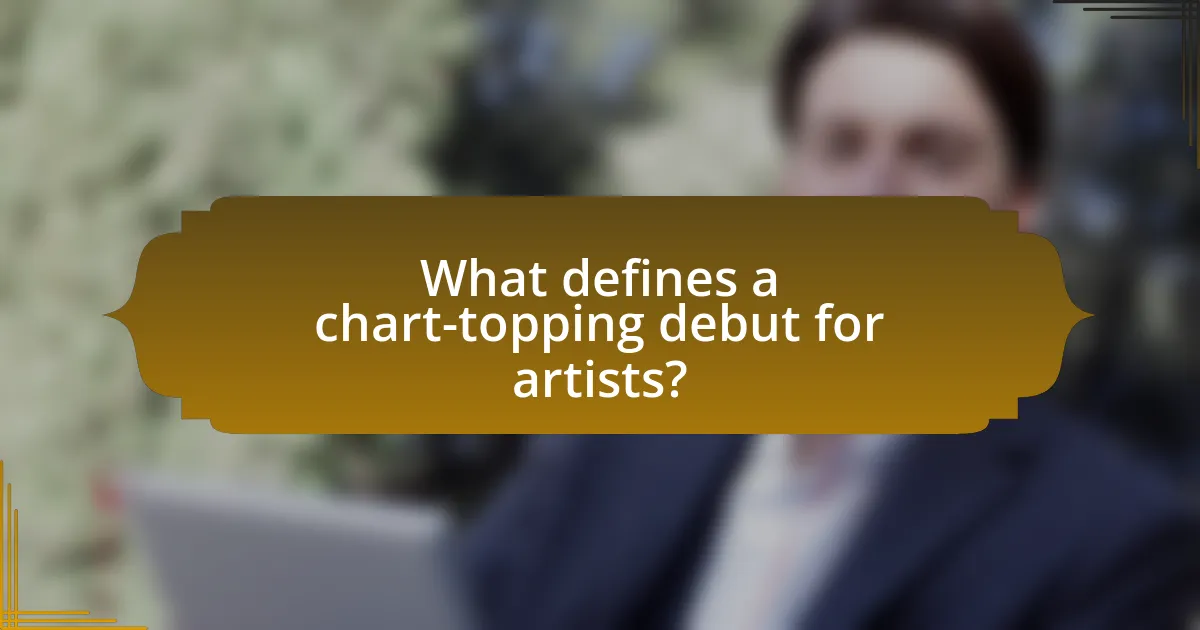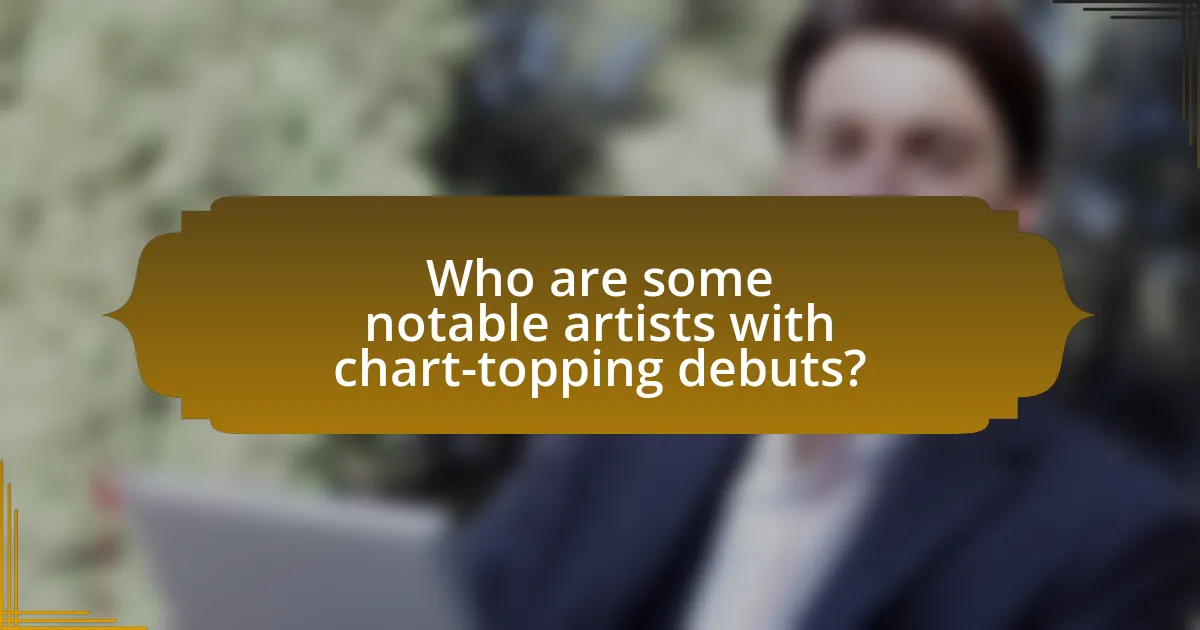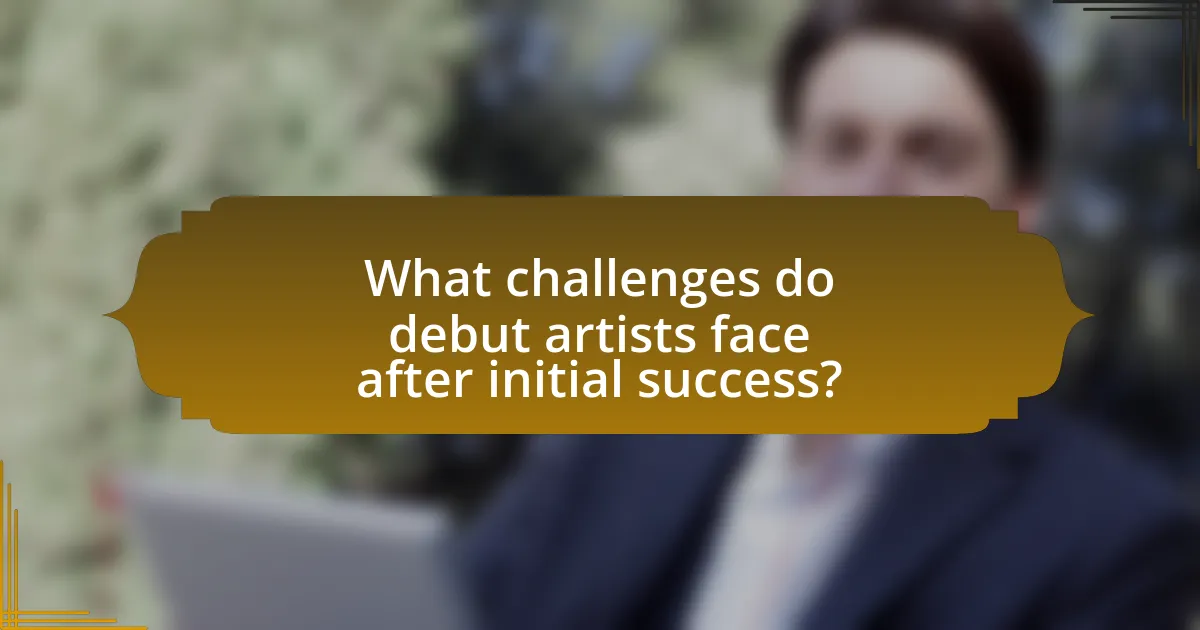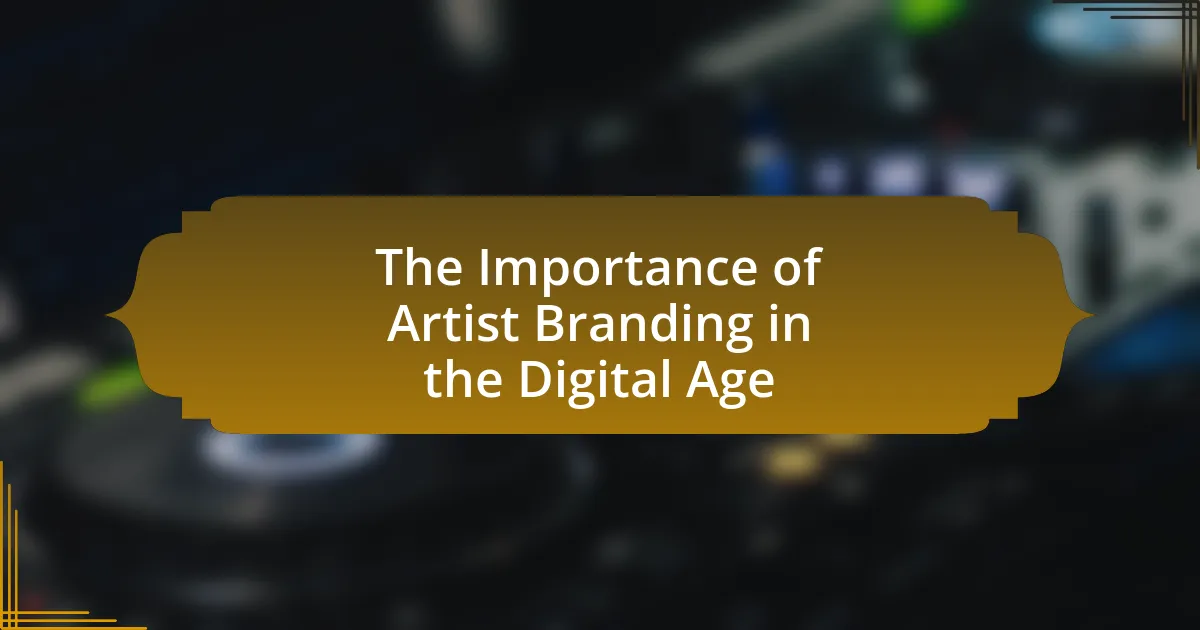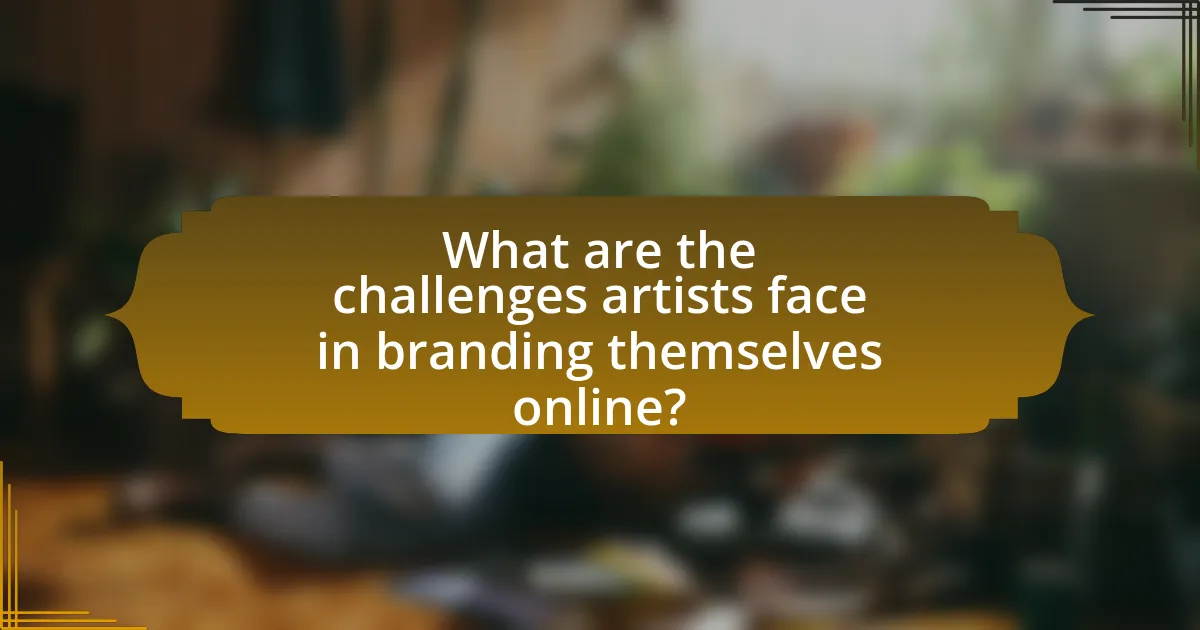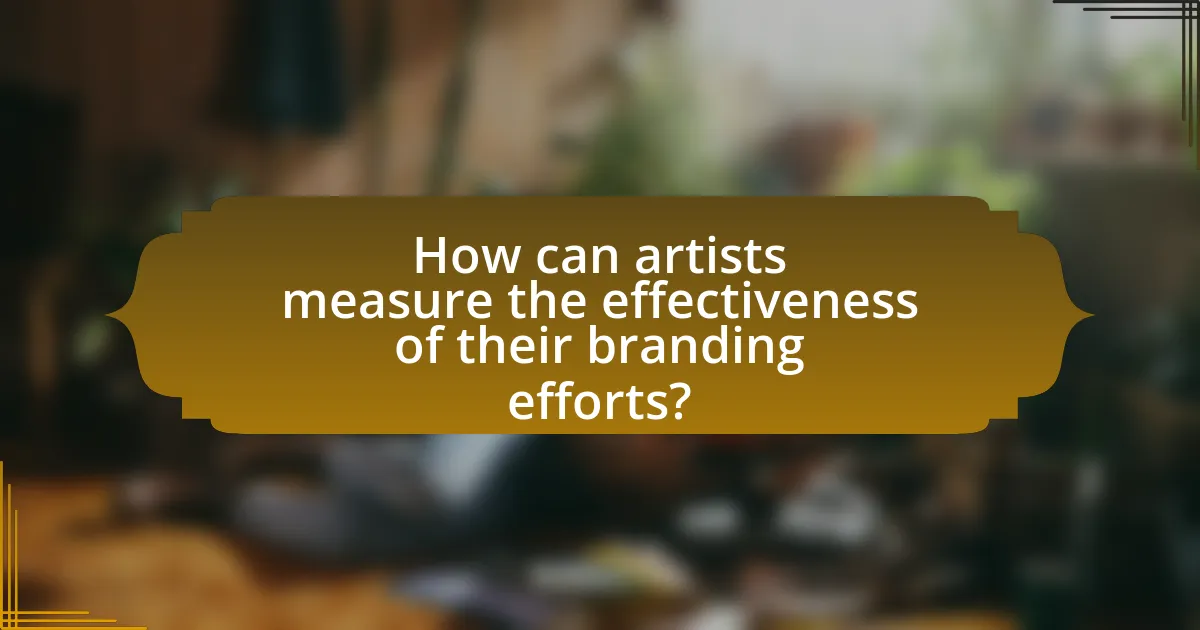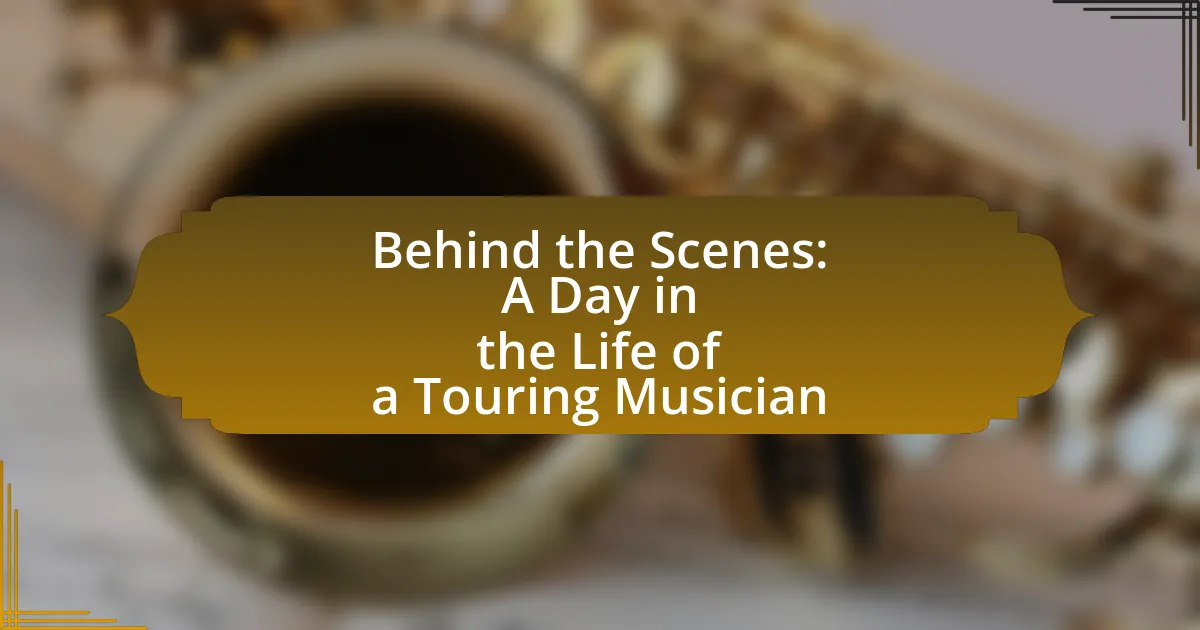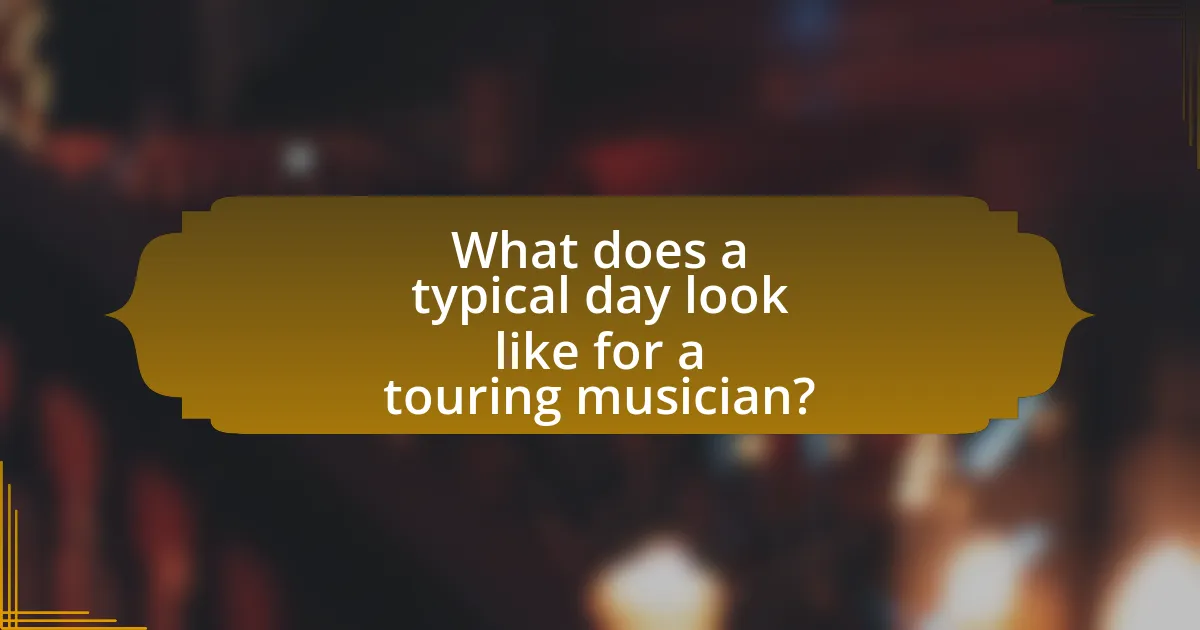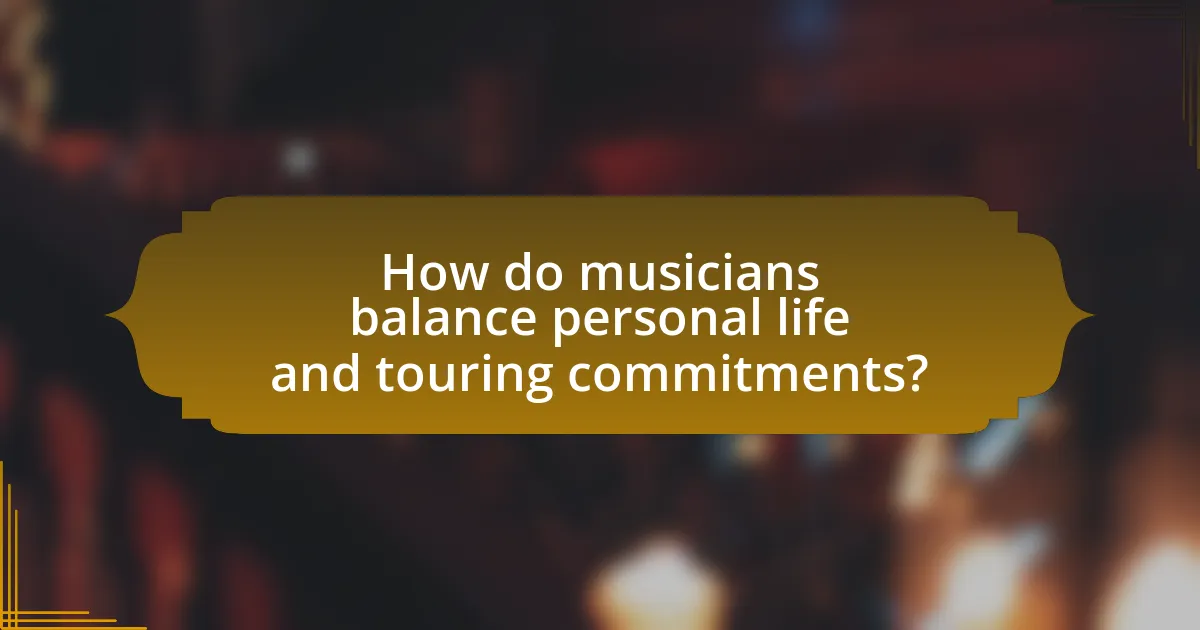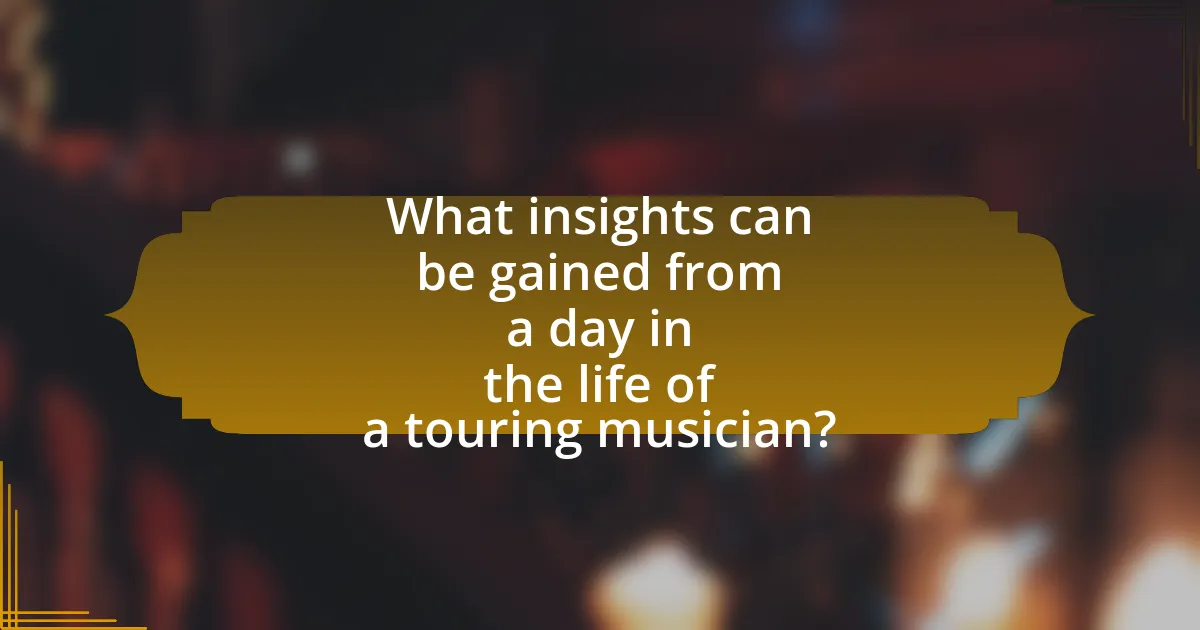Virtual concerts are live performances conducted in digital environments, gaining traction due to their accessibility and the ability to engage global audiences. The COVID-19 pandemic accelerated this trend, prompting artists to adapt by utilizing advanced technologies such as augmented reality and virtual reality to create immersive experiences. Key features of virtual concerts include live streaming, interactive elements, and the use of popular platforms like YouTube and Twitch. Artists face challenges such as technical issues and monetization difficulties while employing strategies like social media engagement to enhance audience interaction. The future of virtual concerts is expected to see further technological innovations, including blockchain for secure transactions and AI for personalized experiences.
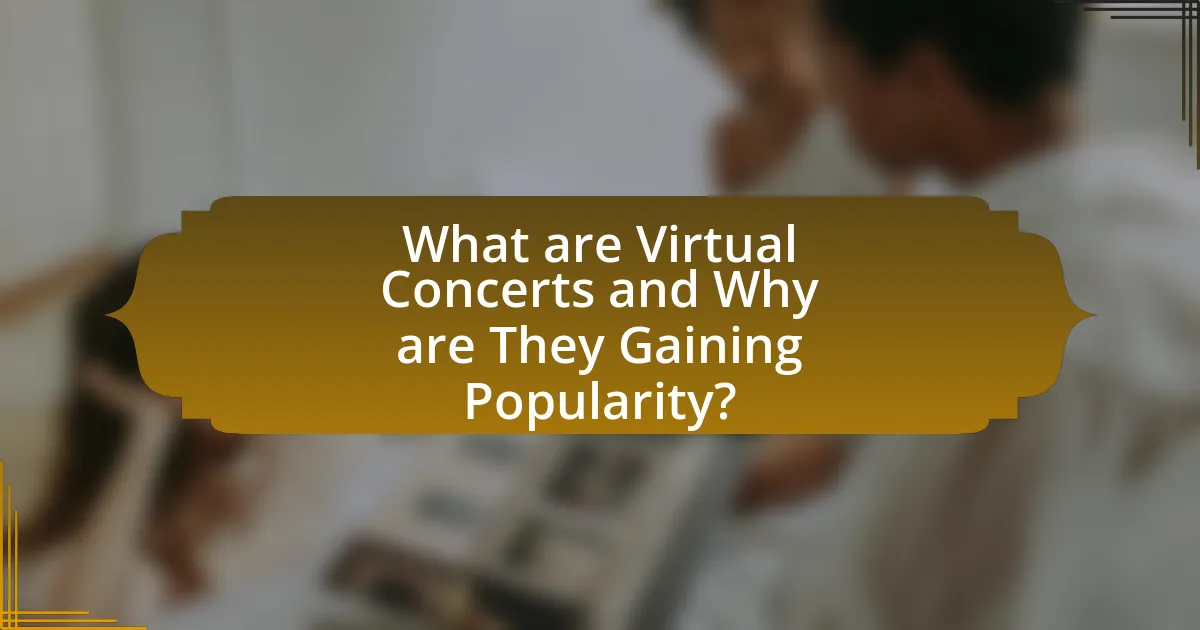
What are Virtual Concerts and Why are They Gaining Popularity?
Virtual concerts are live performances that take place in a digital environment, allowing artists to reach audiences through streaming platforms. They are gaining popularity due to factors such as increased accessibility, the ability to engage global audiences, and the convenience of attending from home. For instance, a report by Eventbrite in 2021 indicated that 80% of respondents expressed interest in attending virtual events, highlighting a significant shift in consumer behavior towards online experiences. Additionally, the COVID-19 pandemic accelerated this trend, as traditional live events were restricted, prompting artists to explore virtual formats to maintain connection with fans.
How have virtual concerts evolved in recent years?
Virtual concerts have significantly evolved in recent years, primarily driven by advancements in technology and changes in audience engagement. Initially, virtual concerts were basic live streams of performances, but they have transformed into immersive experiences utilizing augmented reality, virtual reality, and interactive platforms. For instance, in 2020, Travis Scott’s concert in Fortnite attracted over 12 million viewers, showcasing the potential of gaming platforms for live music events. Additionally, artists now leverage social media and specialized streaming services to reach global audiences, enhancing accessibility and interactivity. This evolution reflects a broader trend where artists adapt to digital environments, creating unique experiences that blend entertainment with technology.
What technological advancements have facilitated this evolution?
Technological advancements such as high-speed internet, virtual reality (VR), augmented reality (AR), and streaming platforms have facilitated the evolution of virtual concerts. High-speed internet enables seamless streaming of live performances to global audiences, while VR and AR technologies enhance the immersive experience, allowing fans to feel as if they are physically present at the concert. Streaming platforms like Twitch and YouTube provide artists with accessible channels to reach their audience, significantly increasing engagement and viewership. According to a report by Statista, the global live streaming market is projected to reach $247 billion by 2027, highlighting the growing importance of these technologies in the music industry.
How has the COVID-19 pandemic influenced the rise of virtual concerts?
The COVID-19 pandemic has significantly accelerated the rise of virtual concerts as artists sought alternative platforms to connect with audiences during lockdowns and social distancing measures. With live events canceled globally, musicians turned to digital platforms, leading to a surge in virtual performances. For instance, a report by Pollstar indicated that in 2020, over 1,000 virtual concerts were held, showcasing a 200% increase compared to previous years. This shift not only allowed artists to maintain engagement with fans but also expanded their reach to global audiences, as geographical barriers were eliminated.
What are the key features of virtual concerts?
Key features of virtual concerts include live streaming, interactive elements, and immersive experiences. Live streaming allows artists to perform in real-time, reaching global audiences without geographical limitations. Interactive elements, such as chat functions and virtual meet-and-greets, enhance audience engagement and create a sense of community. Immersive experiences, often facilitated by augmented or virtual reality technologies, provide unique visual and auditory environments that enhance the overall concert experience. These features have been increasingly adopted, especially during the COVID-19 pandemic, as artists sought to maintain connections with fans while adapting to new digital platforms.
How do virtual concerts differ from traditional live performances?
Virtual concerts differ from traditional live performances primarily in their format and accessibility. While traditional live performances occur in physical venues with a live audience, virtual concerts are streamed online, allowing viewers to participate from anywhere with an internet connection. This shift enables artists to reach a global audience without geographical limitations, as evidenced by events like Travis Scott’s Fortnite concert, which attracted over 12 million viewers simultaneously. Additionally, virtual concerts often incorporate interactive elements, such as real-time chats and augmented reality features, enhancing audience engagement in ways that traditional performances cannot.
What platforms are most commonly used for hosting virtual concerts?
The most commonly used platforms for hosting virtual concerts include YouTube, Twitch, Facebook Live, and Instagram Live. These platforms have gained popularity due to their large user bases and interactive features that enhance audience engagement. For instance, YouTube allows artists to reach millions of viewers globally, while Twitch offers real-time interaction through chat, making it ideal for live performances. Facebook Live and Instagram Live also provide artists with the ability to connect directly with fans, fostering a sense of community during performances.
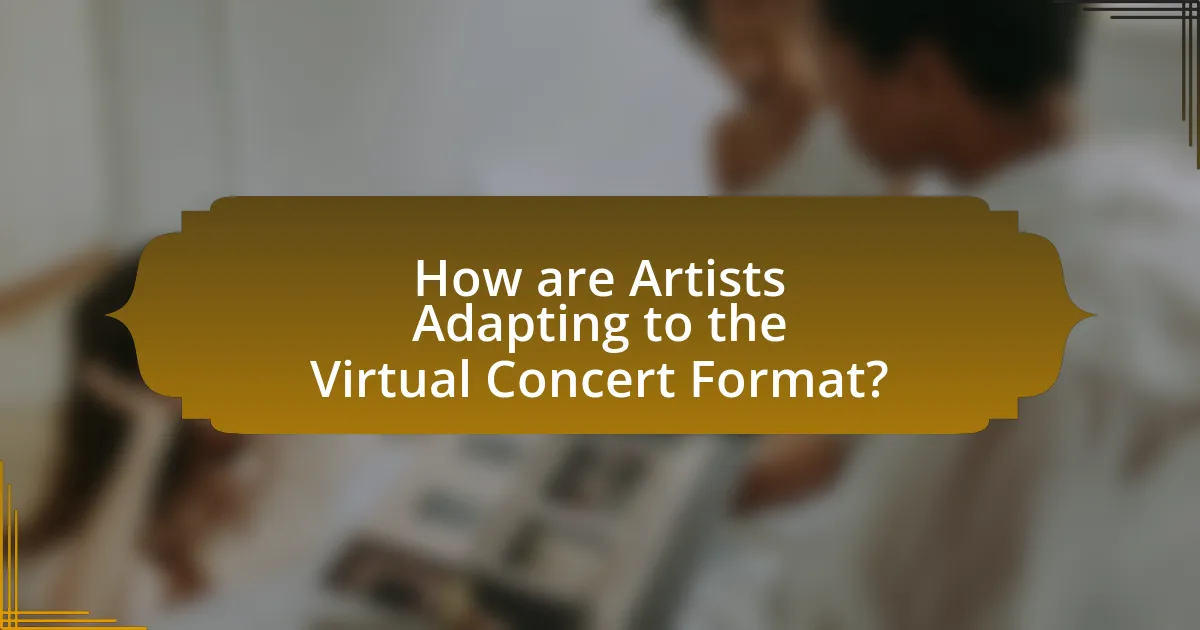
How are Artists Adapting to the Virtual Concert Format?
Artists are adapting to the virtual concert format by leveraging technology to enhance audience engagement and create immersive experiences. Many musicians are utilizing high-quality streaming platforms, interactive features, and virtual reality to replicate the live concert atmosphere. For instance, platforms like Twitch and YouTube Live allow artists to perform in real-time while interacting with fans through chat and live comments, fostering a sense of community. Additionally, artists are incorporating visual effects and multi-camera setups to elevate the production quality, as seen in events like Travis Scott’s virtual concert in Fortnite, which attracted millions of viewers and showcased innovative integration of gaming and music. This shift not only expands their reach to global audiences but also provides new revenue streams through ticket sales, merchandise, and sponsorships, reflecting a significant transformation in how live music is experienced.
What strategies are artists employing to engage audiences online?
Artists are employing interactive live streaming, social media engagement, and exclusive content offerings to engage audiences online. Interactive live streaming allows artists to perform in real-time, fostering a sense of connection and immediacy with viewers, as seen in platforms like Twitch and Instagram Live. Social media engagement involves artists actively communicating with fans through comments, polls, and Q&A sessions, which enhances community building and personal connection. Exclusive content offerings, such as behind-the-scenes footage or early access to new music, incentivize fans to participate and stay engaged, as demonstrated by artists like Billie Eilish who utilize platforms like Patreon for exclusive fan interactions. These strategies collectively enhance audience engagement and create a more immersive experience in the digital landscape.
How do artists utilize social media to promote virtual concerts?
Artists utilize social media to promote virtual concerts by leveraging platforms like Instagram, Facebook, and Twitter to engage with fans and create buzz around their events. They share promotional content such as teaser videos, behind-the-scenes footage, and countdown posts to generate excitement. For instance, a study by Eventbrite found that 80% of event organizers use social media for promotion, highlighting its effectiveness in reaching a wider audience. Additionally, artists often collaborate with influencers to amplify their reach, utilizing targeted ads to attract specific demographics. This strategic use of social media not only enhances visibility but also fosters community engagement, making fans feel more connected to the virtual concert experience.
What role does audience interaction play in virtual performances?
Audience interaction plays a crucial role in virtual performances by enhancing engagement and creating a sense of community among viewers. This interaction allows performers to receive real-time feedback, fostering a dynamic atmosphere that mimics the energy of live events. Studies show that virtual concerts with interactive elements, such as live chats or polls, can increase viewer retention rates by up to 30%, demonstrating the effectiveness of audience participation in maintaining interest and connection. Furthermore, platforms that facilitate audience interaction often report higher satisfaction levels, as participants feel more involved and valued, which can lead to increased loyalty and support for the artists.
What challenges do artists face in the virtual concert landscape?
Artists face several challenges in the virtual concert landscape, primarily including technical issues, audience engagement, and monetization difficulties. Technical issues often arise from unreliable internet connections and inadequate streaming technology, which can disrupt performances and diminish the audience experience. Audience engagement is another significant challenge, as artists struggle to replicate the interactive atmosphere of live concerts, leading to lower emotional connection and participation from viewers. Additionally, monetization remains a critical hurdle, as artists often find it difficult to generate revenue through virtual concerts compared to traditional live events, with many relying on donations or merchandise sales to supplement income. These challenges highlight the complexities artists must navigate in adapting to the digital concert environment.
How do technical issues impact the artist’s performance?
Technical issues significantly disrupt an artist’s performance by causing delays, audio-visual malfunctions, and connectivity problems. These disruptions can lead to a loss of audience engagement, as seen in instances where live-streamed concerts faced buffering or sound quality issues, resulting in negative viewer experiences. For example, during a 2020 virtual concert by Travis Scott, technical glitches affected the overall flow and audience interaction, highlighting how such issues can diminish the intended impact of a performance.
What financial implications do virtual concerts have for artists?
Virtual concerts can significantly impact artists’ finances by providing new revenue streams while also presenting challenges. Artists can earn income through ticket sales, merchandise, and sponsorships during virtual events, which can sometimes exceed traditional concert earnings, especially when considering lower overhead costs. For instance, a report from the International Music Summit in 2021 indicated that virtual events could generate up to 50% more profit per ticket compared to physical concerts due to reduced venue and logistical expenses. However, artists may also face financial implications such as the need for investment in technology and marketing to effectively reach audiences online, which can offset some of the potential gains.
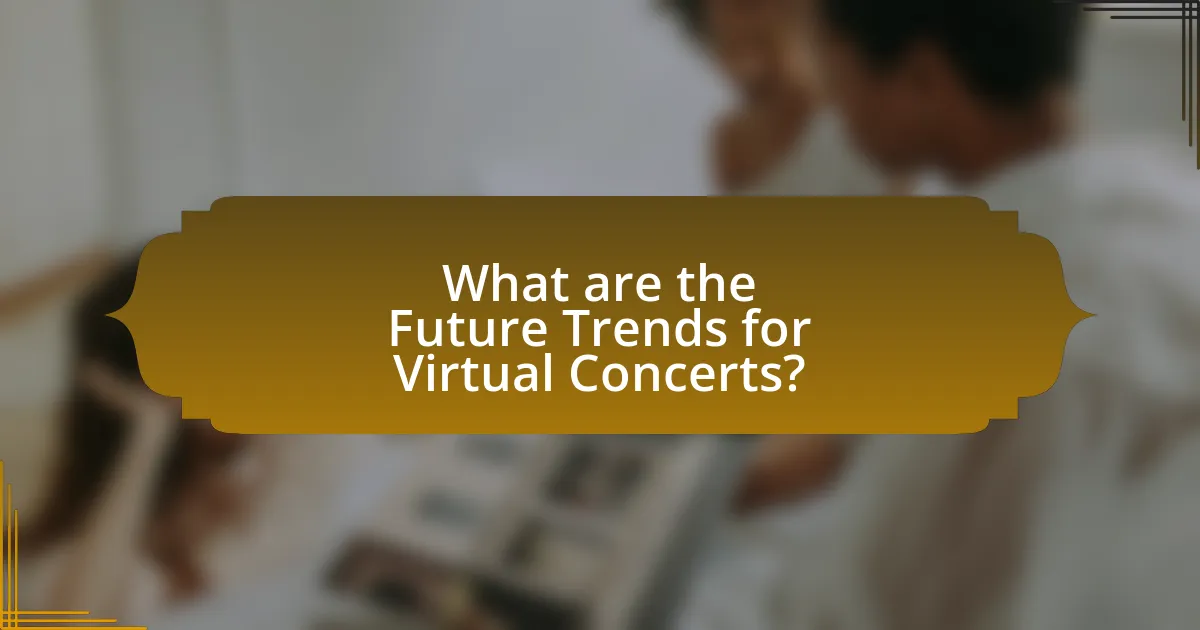
What are the Future Trends for Virtual Concerts?
Future trends for virtual concerts include increased use of augmented reality (AR) and virtual reality (VR) technologies, which enhance audience engagement by creating immersive experiences. As artists and event organizers adopt these technologies, they can offer fans a more interactive environment, allowing them to feel as if they are part of the performance. Additionally, the integration of blockchain technology for ticketing and merchandise sales is expected to grow, providing secure transactions and reducing fraud. According to a report by Allied Market Research, the global virtual concert market is projected to reach $6 billion by 2027, indicating a significant shift towards digital platforms for live music experiences.
How might technology shape the future of virtual concerts?
Technology will significantly shape the future of virtual concerts by enhancing interactivity and immersion through advancements in virtual reality (VR) and augmented reality (AR). These technologies allow artists to create more engaging experiences, enabling fans to feel as if they are part of the performance, regardless of their physical location. For instance, platforms like Oculus Venues and WaveXR have already demonstrated how VR can provide a 360-degree view of live performances, making audiences feel present in a virtual space. Additionally, the integration of artificial intelligence (AI) can personalize concert experiences by analyzing user preferences and tailoring content accordingly, as seen in platforms like Spotify and its concert recommendations. These technological advancements not only improve audience engagement but also expand the reach of artists, allowing them to connect with global audiences without geographical limitations.
What innovations are on the horizon for virtual concert experiences?
Innovations on the horizon for virtual concert experiences include enhanced immersive technologies such as augmented reality (AR) and virtual reality (VR), which will allow audiences to engage in more interactive and lifelike performances. Companies like Oculus and HTC are developing advanced VR headsets that provide high-definition visuals and spatial audio, creating a more realistic concert atmosphere. Additionally, the integration of artificial intelligence (AI) is expected to personalize concert experiences by analyzing audience preferences and tailoring performances accordingly. For instance, AI can help in creating unique setlists based on listener data, enhancing user engagement. Furthermore, blockchain technology is being explored for secure ticketing and artist compensation, ensuring transparency and fairness in the virtual concert ecosystem. These innovations are supported by ongoing investments in technology and the growing demand for unique digital experiences, as evidenced by the success of platforms like Fortnite and Roblox in hosting virtual events.
How could virtual reality enhance the concert experience?
Virtual reality could enhance the concert experience by providing immersive environments that allow attendees to feel as though they are physically present at the event, regardless of their actual location. This technology enables users to experience concerts from various perspectives, such as front-row seats or backstage views, which traditional live events cannot offer. Research indicates that virtual reality can increase engagement and emotional connection, as evidenced by a study from the University of Southern California, which found that immersive experiences can lead to heightened emotional responses in participants. Thus, virtual reality not only broadens access to concerts but also enriches the overall experience for fans.
What lessons can artists learn from the rise of virtual concerts?
Artists can learn the importance of adaptability and audience engagement from the rise of virtual concerts. The shift to online performances has demonstrated that artists can reach global audiences without geographical limitations, as evidenced by events like Travis Scott’s virtual concert in Fortnite, which attracted over 12 million viewers. Additionally, artists have realized the value of leveraging technology for innovative experiences, such as interactive elements and real-time fan interactions, which enhance viewer participation and connection. This evolution underscores the necessity for artists to embrace digital platforms and diversify their revenue streams, as virtual concerts can complement traditional live performances and provide new monetization opportunities.
How can artists effectively blend virtual and live performances in the future?
Artists can effectively blend virtual and live performances in the future by utilizing advanced technology such as augmented reality (AR) and virtual reality (VR) to create immersive experiences. This integration allows artists to reach wider audiences by combining the physical presence of live performances with the accessibility of virtual platforms. For instance, a study by the International Music Summit in 2021 highlighted that 60% of artists reported increased fan engagement through hybrid events, demonstrating the effectiveness of this approach. By leveraging interactive elements, such as real-time audience participation and digital merchandise sales, artists can enhance the overall experience, making it more engaging and profitable.
What best practices should artists follow for successful virtual concerts?
Artists should prioritize high-quality audio and video production for successful virtual concerts. This ensures that the audience experiences the performance as intended, which is crucial for engagement. According to a survey by Eventbrite, 80% of attendees consider sound quality as the most important factor in their enjoyment of virtual events. Additionally, artists should interact with their audience through live chats or Q&A sessions, fostering a sense of community and connection. Research from the University of Southern California indicates that audience engagement significantly enhances viewer satisfaction and retention during online performances. Furthermore, promoting the event effectively through social media and email marketing can increase attendance, as 54% of virtual concert-goers discover events through these channels. Lastly, artists should rehearse thoroughly to ensure a smooth performance, as preparation directly impacts the overall quality and professionalism of the concert.
